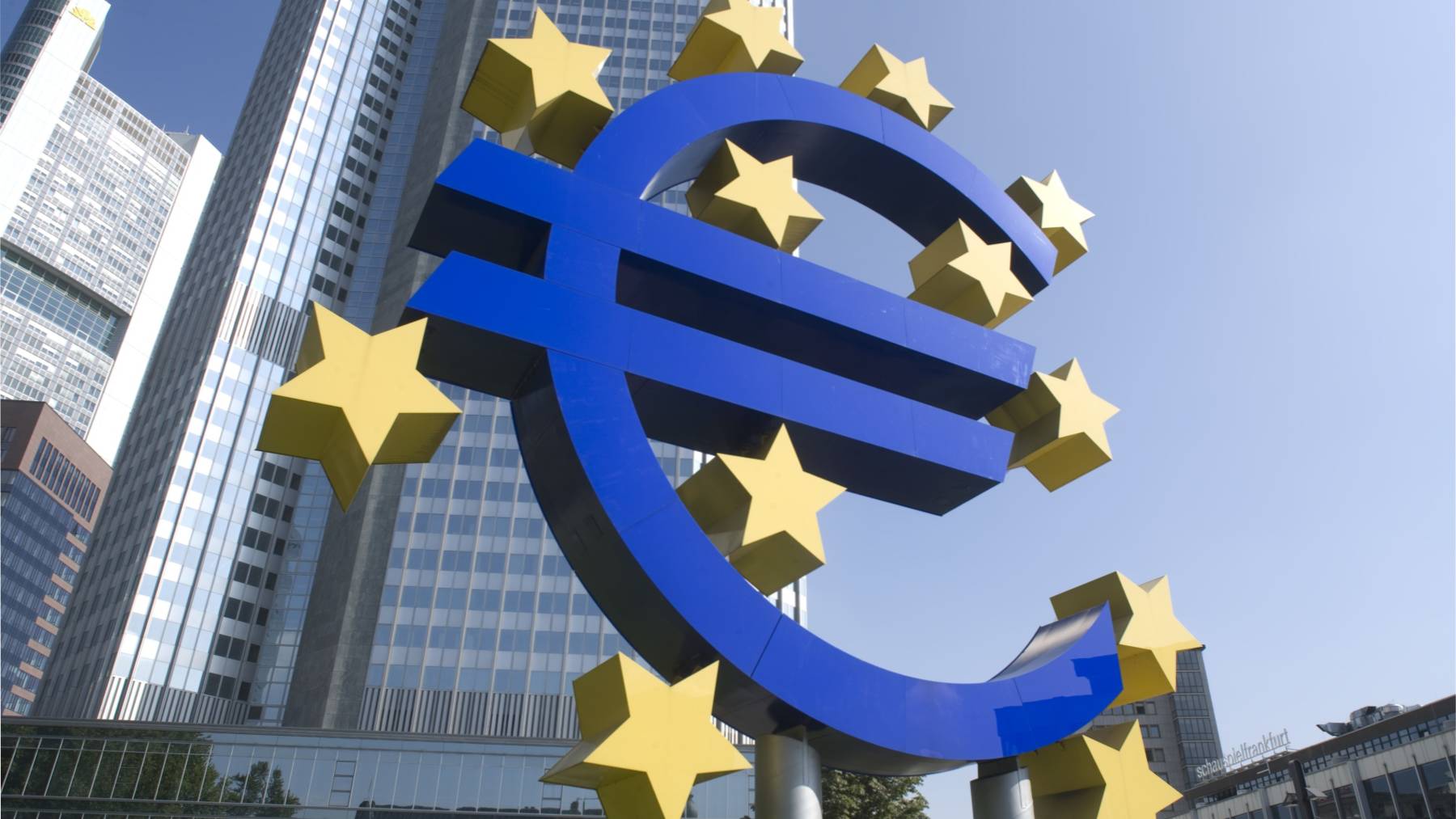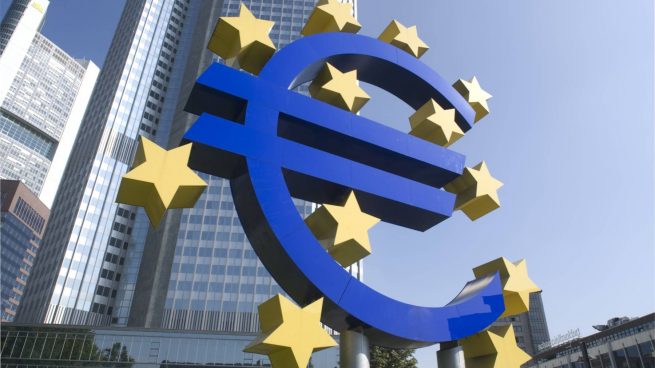El Conde del Alfoz
Madmaxista

El gobernador del Banco de Holanda: todavía faltan la mitad de las subidas de tipos del BCE hasta el 5%
El gobernador del Banco de Holanda alerta de que faltan la mitad de las subidas de tipos del BCE, que llegarán al 5% en 2023
El gobernador del Banco de Holanda: todavía faltan la mitad de las subidas de tipos del BCE hasta el 5%
¿Se ha convertido Christine Lagarde en un peligroso halcón?
La financiación de la política de Sánchez se complica: el BCE no renovará el 50% de los bonos que venzan

- EDUARDO SEGOVIA
- 26/12/2022 15:26
- ACTUALIZADO: 26/12/2022 15:26
El miembro más veterano del consejo del BCE, el gobernador del Banco de Holanda, Klaas Knot, asegura que todavía quedan la mitad de las subidas de tipos de interés, que se completarán en 2023. Así, prevé alzas de medio punto en cada una de las cinco reuniones del banco central entre enero y julio.
Knot, uno de los ‘halcones’ del consejo de gobierno del BCE, se sale así del discurso oficial de la presidenta Christine Lagarde, que sostiene que las decisiones se tomarán «reunión a reunión» en función de la evolución de los datos económicos. Eso le deja margen para frenar las subidas de tipos si la zona euro entra en una recesión mayor de la prevista.
En cambio, el gobernador holandés cree que es necesario que las alzas continúen al menos hasta el verano para combatir la alta inflación, en una entrevista con el Financial Times. De hecho, su mayor preocupación es que el BCE se quede corto subiendo tipos, no el riesgo de recesión en la economía.
«El mayor riesgo sigue siendo que hagamos demasiado poco», asegura Knot. «Estamos sólo al principio de la segunda mitad del ciclo de subidas y decidir cuándo es suficiente el endurecimiento de la política será el principal desafío del BCE el próximo año».
El gobernador holandés es el único miembro del consejo de gobierno que estaba presente en el anterior ciclo de subidas de tipos, en 2011. Un movimiento que fue muy criticado porque la zona euro entró en la crisis de deuda sólo unos meses después, la crisis que estuvo a punto de provocar la salida de España del euro y que requirió el famoso «whatever it takes» de Mario Draghi.
Pero Knot no cree que haya peligro de que la situación se repita ahora. «Los riesgos de estabilidad están mucho más claros en nuestro radar ahora», explica. Y añade que no fue una coincidencia que, antes de empezar a subir tipos, el BCE lanzara una nueva herramienta de compra de bonos para utilizar en caso de una nueva crisis de deuda.
Inflación subyacente
A su juicio, la gran diferencia estriba en el comportamiento de la inflación subyacente (que excluye energía y alimentos frescos, cuyos precios son muy volátiles). En 2011, se mantuvo muy baja pero el BCE subió tipos para combatir el impacto del alza del precio del petróleo. Ahora, en cambio, la tasa subyacente se encuentra en torno al 5% y no volverá al objetivo oficial del BCE del 2% hasta 2025, según sus economistas.
Ésa es la mayor preocupación de Knot y por eso aventura que los tipos deben subir otros 2,5 puntos en 2023, como en 2022, y alcanzar el 5%. De hecho, cree que el error del banco central ha sido comenzar a subir tipos demasiado tarde, al igual que dejar de comprar bonos: en su opinión, debería haber abandonado esa política a finales de 2021 en vez de en marzo de 2022.
Please use the sharing tools found via the share button at the top or side of articles. Copying articles to share with others is a breach of FT.com T&Cs and Copyright Policy. Email licensing@ft.com to buy additional rights. Subscribers may share up to 10 or 20 articles per month using the gift article service. More information can be found here.
Subscribe to read | Financial Times
European Central BankAdd to myFT Leading ECB policymaker hints at sharp climb to peak rates Dutch governor Klaas Knot signals European Central Bank will keep raising rates as ‘second half’ of tightening cycle begins Klaas Knot, head of the Dutch central bank: ‘The risk of us doing too little is still the bigger risk’ © DNB/Myrthe Effing Leading ECB policymaker hints at sharp climb to peak rates on twitter (opens in a new window) Leading ECB policymaker hints at sharp climb to peak rates on facebook (opens in a new window) Leading ECB policymaker hints at sharp climb to peak rates on linkedin (opens in a new window) Save current progress 0% Martin Arnold in Amsterdam 10 HOURS AGO 106 Print this page Receive free European Central Bank updates We’ll send you a myFT Daily Digest email rounding up the latest European Central Bank news every morning. A veteran member of the European Central Bank’s rate-setting council believes it has only just passed the halfway point of its tightening cycle and needs to be “in there for the long game” to tame high inflation. After more than a decade of aggressive easing, 2022 was the year when many leading central banks began to raise rates in response to soaring prices. The ECB increased borrowing costs by 2.5 percentage points, capping the year with its fourth rise in a row to leave its benchmark deposit rate at 2 per cent. Klaas Knot, head of the Dutch central bank and one of the governing council’s more hawkish rate-setters, told the Financial Times that, with five policy meetings between now and July 2023, the ECB would achieve “quite a decent pace of tightening” through half percentage point rises in the months ahead before borrowing costs eventually peaked by the summer. In the eurozone, consumer price inflation hit a record high of 10.6 per cent in the year to October — more than five times the ECB’s 2 per cent target. In the Netherlands, inflation has been higher still, peaking at 17.1 per cent in September. However, growth in the bloc is grinding to a halt, leaving central bankers facing a delicate balancing act between fighting inflation and exacerbating the slowdown. “The risk of us doing too little is still the bigger risk,” Knot said. “We are just at the beginning of the second half.” Deciding when it had tightened policy enough would be the “main challenge” for the ECB next year. Knot is the longest serving member of the governing council and the only eurozone rate-setter who was part of the central bank’s previous round of rate rises in 2011 — moves that were widely criticised after the bloc entered a sovereign debt crisis just months later. Knot said financial stability risks were “much clearer on our radar screen now”. It was no coincidence, he said, that before starting to raise rates in July the ECB had set up a new bond-buying tool to counter the risk of fresh turmoil. The Dutch central banker acknowledged that, in 2011, the ECB should “probably have paid a little bit more attention” to low levels of underlying inflation — excluding more volatile energy and food costs — before raising rates in response to surging oil prices. This time around, however, core measures are at a record high of 5 per cent and are forecast by ECB economists to stay above its 2 per cent target even by 2025. Persistence of price pressures is now Knot’s “main concern”. Looking out over the Amstel river from the Dutch central bank’s temporary offices, where it is based until a revamp of its headquarters is finished, Knot acknowledged the ECB had been too late to respond to price pressures and should have stopped asset purchases in late 2021, instead of March 2022. However, he added that since the summer, rate-setters had “already made up for it” with a series of large rate increases. The 55-year-old, who joined the bank in 1995, said it surprised governing council members when he supported a step down to a half-point rate rise at its latest meeting — after two larger moves previously. More than a third of council members argued for continuing with 0.75 percentage point rises, but Knot said that by shifting to smaller rate moves, “we grant ourselves a little bit more time along the way as we tighten into 2023 to evaluate the effects of our tightening”. Knot acknowledged there was a communication challenge for the ECB to convince businesses and households of the benefits of raising rates during a downturn. But he said much “depends on the depth of the recession and we have to keep in mind that even if inflation is falling, it is coming off incredible peaks”. Many economists think the ECB is underestimating how quickly inflation will fall next year and how deep the recession could be. But Knot said recent data indicated any recession would be “short and shallow”. He added that in certain parts of the region, such as Germany, recent data showed “the worst . . . may already be behind us”. Sharp wage rises would keep inflation high. The ECB expects pay growth to hit 5.2 per cent next year before falling back just below 4 per cent in 2025. Knot said he expected “lots of labour hoarding, even in a recession” would keep eurozone jobless levels near a recent record low of 6.6 per cent. “For many of the companies that used the pandemic to lay off workers . . . that was not the smartest move.” He predicted that a record 6.4 per cent annual growth in Dutch wages in November “might happen in other countries with a certain delay”. “Why would workers settle for a hit to their purchasing power in current labour market conditions?” Politicians in Italy have criticised the ECB’s latest rate rise for causing unnecessary economic pain. He acknowledged that the war in Ukraine created “genuine uncertainty” that was beyond the ECB’s control, but said the best it could do was to focus on bringing down inflation, which he called “a regressive tax that nobody voted for”. The Dutch central bank recently warned that it expected €9bn of losses over the next four years because rising rates miccionan it will pay far more on bank deposits than it earns from its bond holdings. Knot said it was “uncomfortable that the central bank is taking the hit”, though he estimated it could “plug the hole” without a bailout by withholding dividend payments to the government for “years, if not decades”.
